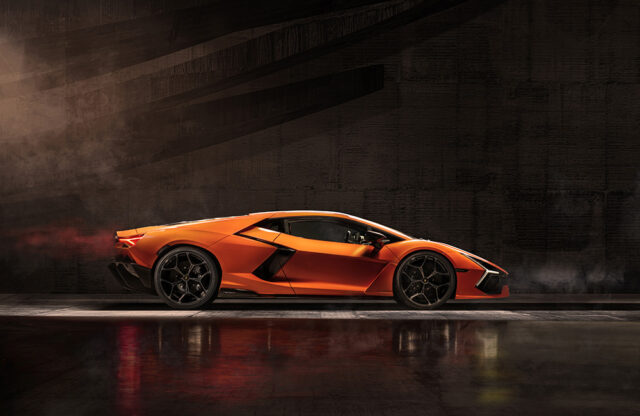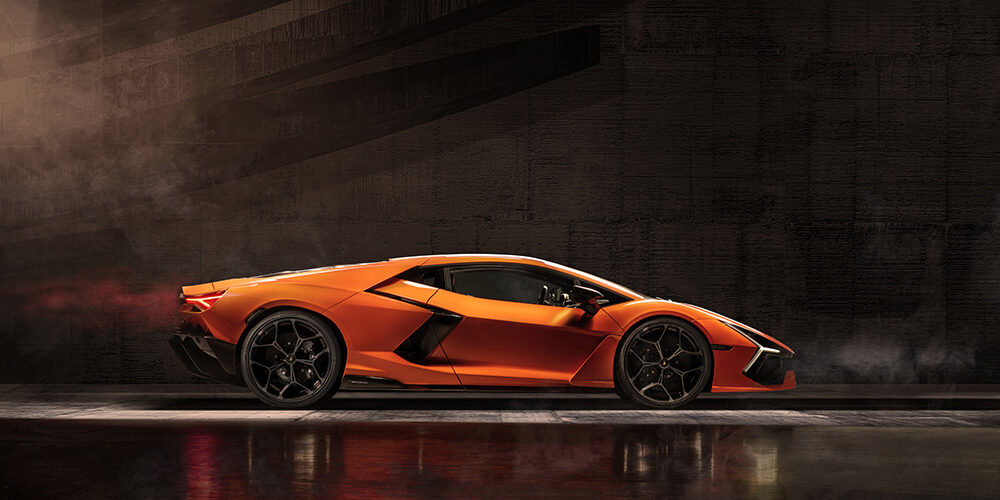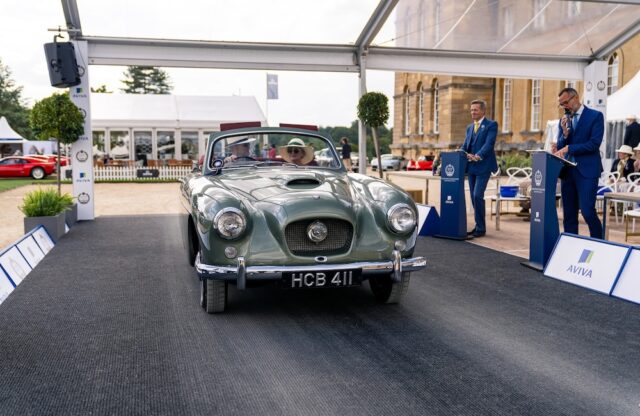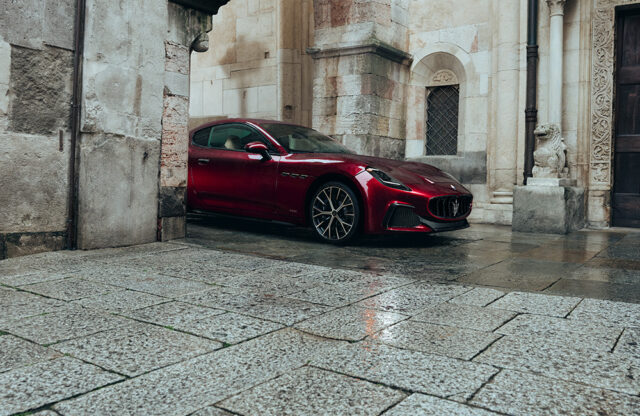“We are marching ahead,” smiles Mitja Borkert when asked about the evolution of Lamborghini design language. He’s coming up to ten years with the marque as we sit down for a chat at Goodwood Festival of Speed 2025, overseeing the launch of the firm’s first in-house-built racer, so he’s well versed in the lore that surrounds this most maximalist of marques.
“For the past decade we have worked intensively on defining our design DNA,” he says. “I am convinced that with a brand as iconic as Lamborghini it is essential to have a clear and cohesive vision. This applies not only to exterior and interior design, but also to graphic identity, colour direction and material strategy. It is equally important to embrace what we now call a holistic design approach that unifies every aspect of the brand – every touching point has to be recognisable, unique and stick out.”
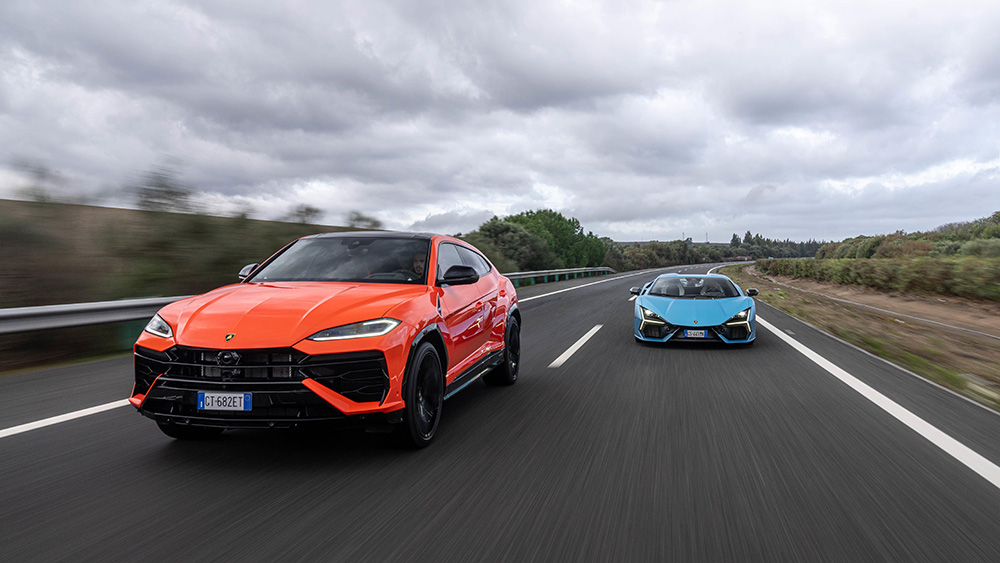
Mitja came to Lamborghini from a brand for whom such thinking is woven into its DNA – Porsche. However, although the Lamborghini design language can often be defined by its most outrageous models, a key theme hasn’t always run through its history; something he readily admits.
“Looking back over Lamborghini’s 62-year history, there are several defining chapters from a design perspective. The early years under Ferruccio Lamborghini, up until the 1970s, laid the foundations. After he sold the company, a more uncertain period followed,” Mitja says. “Design became particularly challenging during the time Lamborghini was under Chrysler’s ownership. Some may recall show cars such as the Lamborghini Portofino, which represented a rather experimental and inconsistent phase.”
He says the turning point came during the late 1990s, thanks to the input of Luc Donckerwolke and Walter de Silva. “This era brought about models such as the Murciélago and Gallardo, marking a new creative high. Their work was later continued by Filippo Perini,” he says. “Today, we can proudly celebrate two decades of design decisions made at Sant’Agata Bolognese. This is especially significant for Lamborghini, as historically, the brand relied on external studios such as Bertone and Carrozzeria Touring for design. Even in the early days of Audi’s involvement, direction came from the Audi side.”
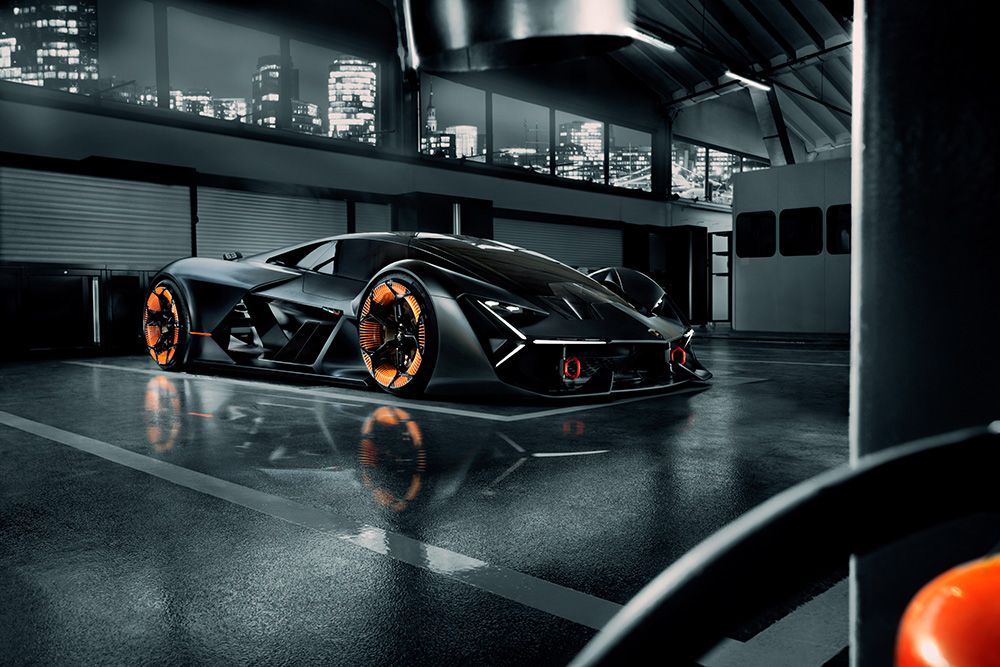
That changed in 2005 when Walter de Silva successfully advocated for the creation of an in-house design centre, to which Mitja joined ten years ago. He views the Terzo Millennio concept as a key part of defining what a modern Lamborghini is.
“That car became a reference point for many of the design elements we have since brought to production,” he says. “For example, looking at the Temerario, the hexagonal side air intake and the rear shoulder design both draw inspiration from the Terzo Millennio (pictured above). That concept also introduced the Y-shaped front daytime running lights and the rear light signature. It effectively marked the starting point of a new era in Lamborghini design.”
Mitja admits that when coming up with the Lamborghini design language, he had no idea how long he’d stay at the firm – but he and the team have reaped the rewards over the years.
“Today we are proud to have received Red Dot awards for Lamborghini design for the first time,” he beams. “The Revuelto was named Best of the Best, and we also received recognition for the Urus SE and the Temerario.”
It’s also worth noting that Lamborghini sales have been booming for many years. “Our most recent design language, which I describe as both iconic and central to the brand’s identity, is now officially recognised and celebrated. It has also been well received by our customers, which is reflected in our strong sales performance,” he says. “For me, this marks the beginning of a new chapter. We are moving forward in design with a clear vision and strategy.”
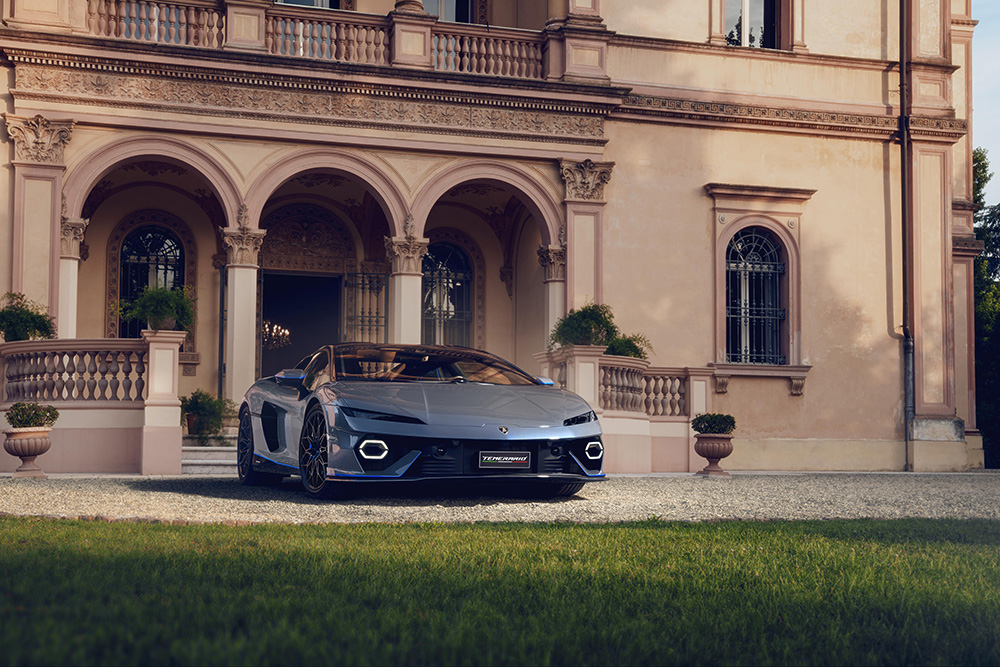
However, there has been a softening of the Lamborghini design palette recently; while still unmistakably rakish, the Urus SE and the Temerario in particular are far smoother than their predecessors. “I had a memorable conversation with a couple, important Lamborghini collectors, whom I met at the 50th anniversary of the Miura. I introduced myself and said: ‘I’m Mitja, the new designer. I understand you are very passionate about Lamborghini. May I ask what your favourite model is?'” he explains. “The guy replied without hesitation: ‘Mitja, it’s clearly the Veneno.’ And she said: ‘For me, it’s definitely the Miura.’ At that moment, I realised this is the true range of Lamborghini’s appeal.”
That bandwidth within the Lamborghini design language comes down to maintaining a key silhouette. “It is instantly recognisable – not only within a model line but as the very essence of the brand,” Mitja says. “Few marques have that kind of instant recognition from just a silhouette, and it also applies equally to the front and rear views.”
However, when it comes to the surface detailing, he believes it’s very much down to the needs of each individual project, whether sharper or softer, muscular or more athletic. “I often explain this with a musical analogy,” Mitja says. “With my design language I play a rhythm. The artist is always Lamborghini, but we create different songs. Each song is unmistakably Lamborghini, but each has its own rhythm and beat –perhaps more rock, a little more roll, a touch of techno or something else. Yet it remains unmistakably Lamborghini.”
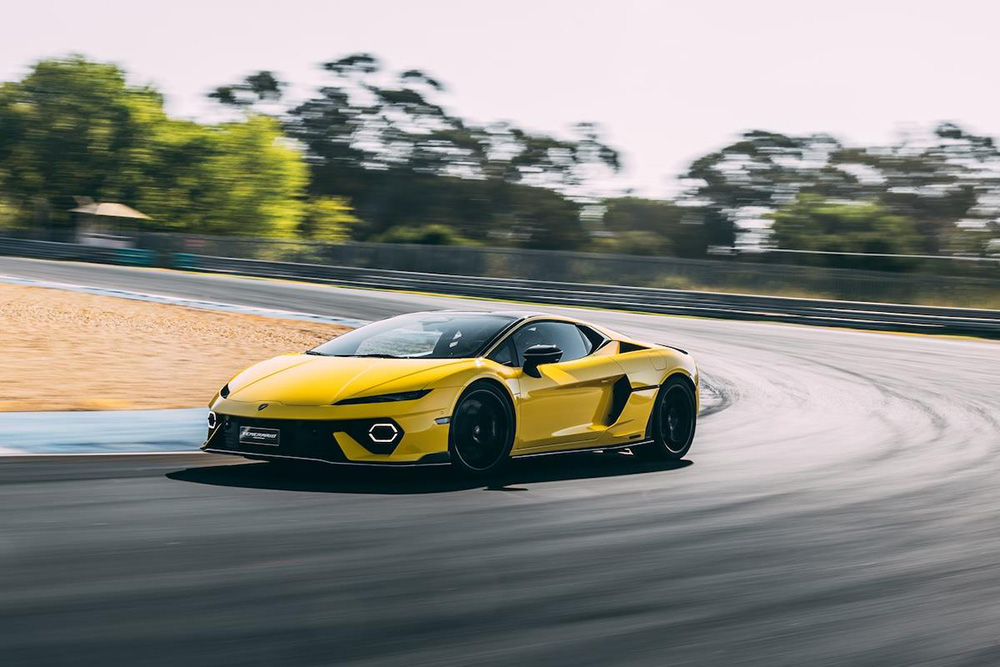
Mitja points to the Temerario (above) as a good example of this methodology: “It is very sharp yet defined by a single main character line that begins with the pointed nose, flows along the side of the body and finishes at the rear. The hexagon shape sets the rhythm throughout the car – in the daytime running lights, the body sides, the window line and the tail-lights.”
He continues: “This is what I mean by rhythm, with elements such as the Reveuelto and the Y-shape. At the start, it might seem simple to say: ‘This is a Lamborghini, a low super-sports car, so let’s make it wild.’ That would be too easy. From the outset, I tell the team to pause and consider the mission.”
He points to the Huracán STO as a good example of how the Lamborghini design language can adapt – it was a track car that had to be highly functional. “However, when we began the Temerario, I explained that it is the successor to the Huracán and must be a new kind of car. It is the younger, rebellious brother of the Revuelto, more compact and distinct,” Mitja explains. “Setting a few guiding words helps us steer the project in the right direction – like a song. That is why, with the Temerario, I say the car has a softer tension in places where you can see the rear muscles.”
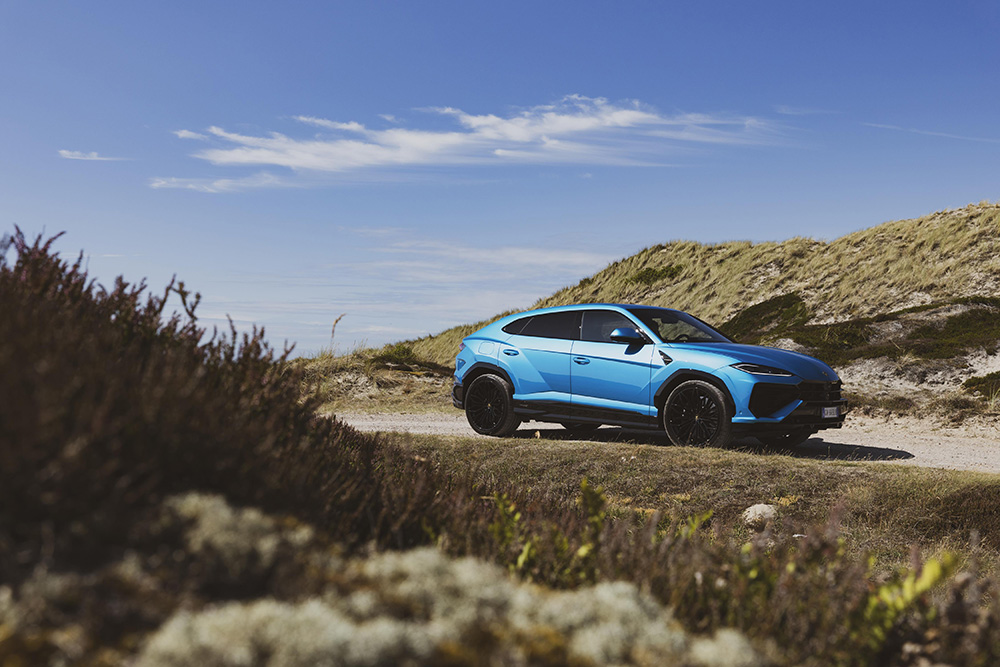
The Urus SE was also intentionally adapted for its purpose, Mitja explains. “We will never forget the wild cars, the cars with wings, but we have many fans who prefer the elegant side,” he explains. “With the Urus SE, we wanted to highlight a more elegant character; that may not be the perfect word, but it is pragmatic – the Urus is a practical car. You cannot go too fast, and you can’t use all the wings on the way to the shops. But it must always remain authentic. I am careful not to cross the line – it has to be a Lamborghini.”
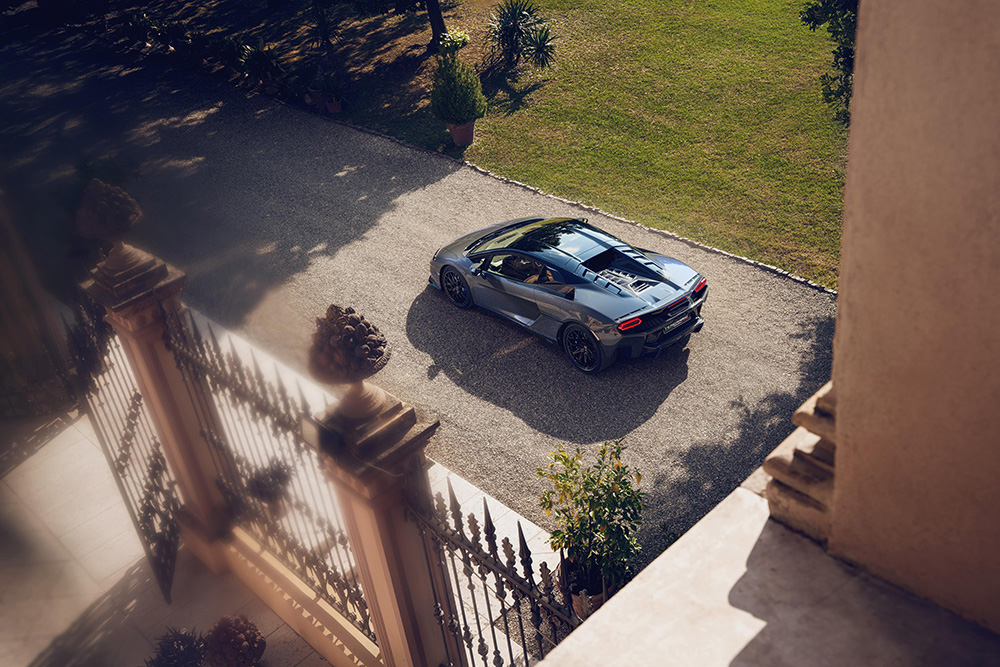
The marque has been among the first mainstream manufacturers to embrace new technologies such as the Czinger-led 3D-printed technology (we interviewed Czinger’s design chief here). As such, the very materials themselves will help define the overall design, Mitja says.
“A super-sports car, depending on its position in the market, might have plastic bumpers, aluminium doors and carbonfibre parts,” he explains. “You have to think about the materials in the design. Plastic can create sharper lines, aluminium can be sharp but not quite as much as plastic, and carbonfibre behaves differently because of its unique technology. Carbonfibre isn’t as sharp or precise; everyone appreciates the texture and feel of the material, but also the lines it creates.”
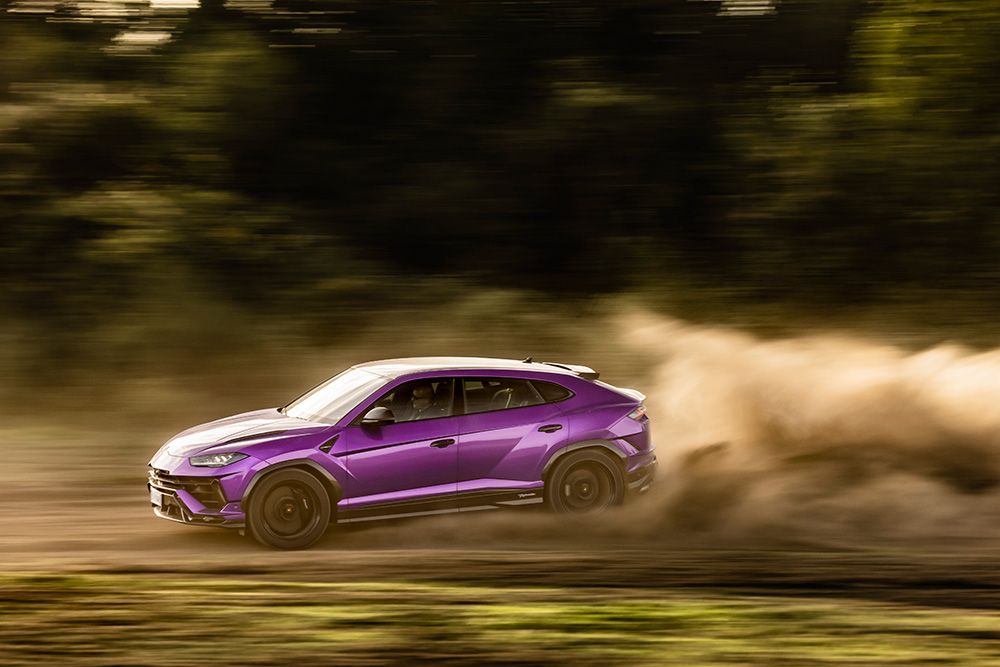
Mitja sees the design world entering a new era – not only due to 3D printing, but also to AI. “These technologies offer incredible opportunities and tools for design,” he says. “Design is always evolving. The process in the 1990s was different from that in 2000, in 2010 and certainly today. This constant change is what makes design interesting and keeps you young.
“As a designer, you must stay curious and engaged. My main job is to be in the design centre, always challenging and questioning the process. It’s like being human: people often say “we’ve always done it this way” – but you have to keep changing. That’s why it’s important to constantly evolve your process. The design DNA is crucial because it provides a clear guideline for where you are headed.”
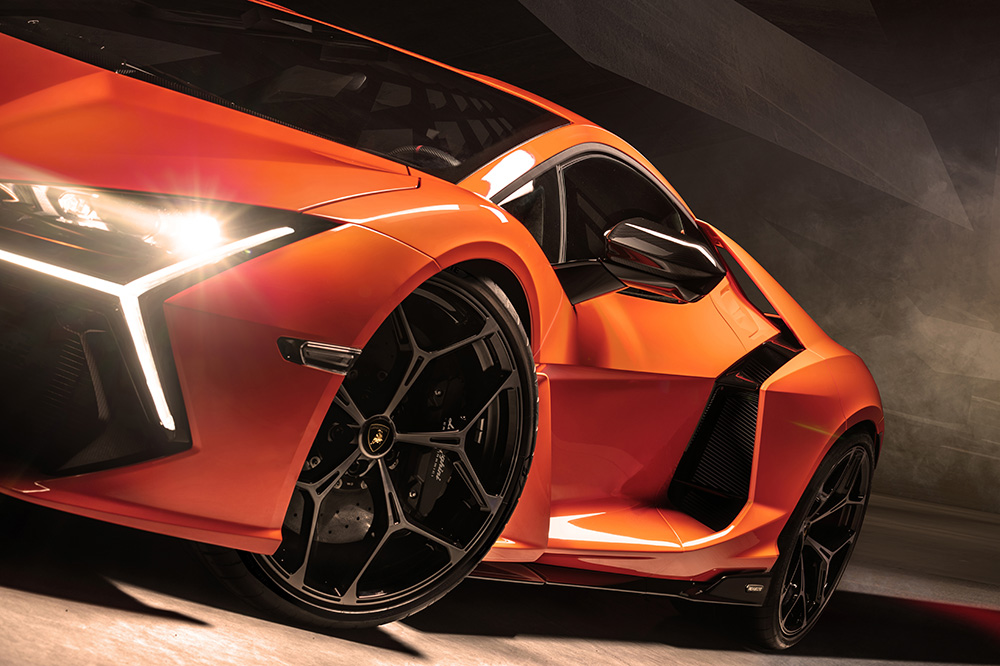
However, despite the technical advances in AI and modelling software, Mitja still loves to sketch by hand – and this still plays a part in the Lamborghini design language. “My iPad and sketchbook are full of drawings. Because with Lamborghini, we often use design elements in a very bold way. Sometimes it’s quite exciting when you simply sketch the front view. You add the Y shape and then the rest seems to take shape on its own on the paper,” he says. “For me, sketching is like breathing air into a designer’s lungs.”
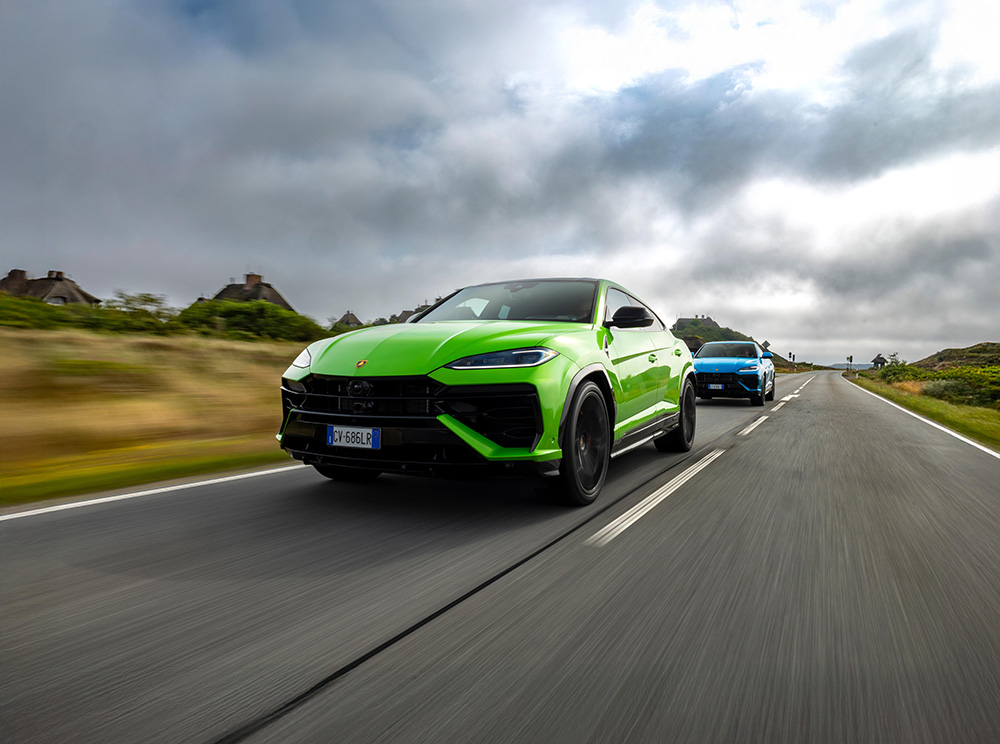
Taking a broader look at the automotive world, he sees that many brands have established their DNA: “At the same time, you see plenty of super-sports cars around. But there are also a lot of generic cars, which isn’t new – this happened back in the 1980s as well. However, there is now a modern type of limousine or SUV that you see far too often. Unfortunately, there are also far too many direct copies.”
Mitja believes the preservation of the Lamborghini design language has been lucky so far, in that few of its design cues have been copied, but he believes other brands in the wider Volkswagen Group have been less fortunate, and have been copied extensively.
“I don’t like this. First of all, in design we should be more proud and consistent with ourselves and our design DNA. I expect the same from those brands,” he says. “Every brand needs its own DNA. Simply copying is, frankly, something that responsible brands such as Lamborghini, Ferrari and Porsche should push back against. Copying what we do is too easy. Every brand must have its own ideas.”
For more information on Lamborghini, head here.
